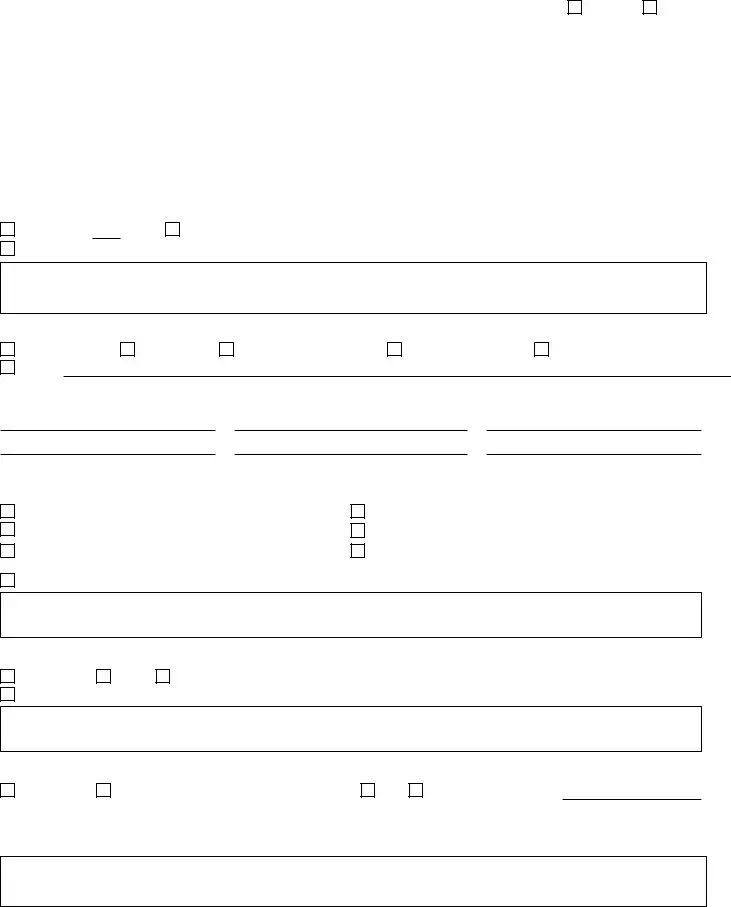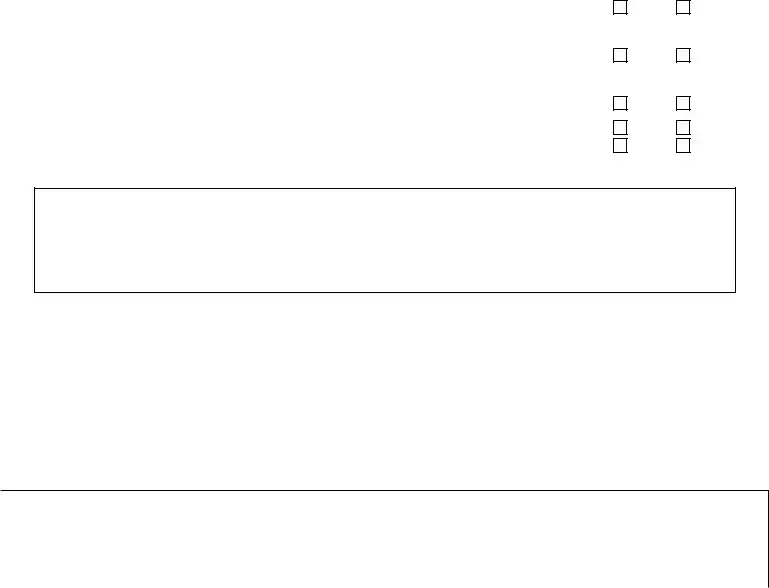The Dads 3647 form, also known as the Assisted Living Disclosure Statement, aims to empower individuals and their families by providing a standardized format for describing a facility's policies and services. It allows prospective residents to compare services across different facilities, facilitating informed decision-making. However, it is important to note that the form does not mandate the provision of all listed services.
The facility management is responsible for completing the Dads 3647 form. They must accurately represent the services and care that their facility offers, as well as provide additional explanations when necessary. A complete and truthful representation helps potential residents and their families make informed choices.
The form includes several key sections, such as:
-
Pre-admission process and services offered
-
Admission procedures, including contracts and deposits
-
Discharge and transfer policies
-
Planning and implementation of care
-
Staff training and qualifications
-
Physical environment and safety features
-
Residents' rights and grievance procedures
No, the Dads 3647 form does not require facilities to provide all services listed. Instead, it offers a format for describing the services that are actually provided. Facilities are permitted to amend their individual offerings but must do so in a clear and truthful manner.
What is the significance of the pre-admission process?
The pre-admission process is critical because it determines whether a prospective resident qualifies for admission to the facility. This process often includes a facility tour, family interviews, and medical assessments. It serves to ensure that the facility can meet the unique needs of the individual seeking residency.
Are there provisions for aging in place within the facility?
Aging in place refers to the policies and procedures that allow residents to remain in the facility as their needs change over time. The Dads 3647 form includes sections that detail how a facility accommodates changes in residents' conditions and circumstances, such as documenting any changes and submitting waiver requests if applicable.
What training do staff members receive?
Staff training is an essential component of ensuring quality care. New employees typically undergo orientation in which they are introduced to the facility's operations and resident service plans. Ongoing training may include CPR certification and other specialized training relevant to the services provided. Training schedules can vary based on the facility’s policies.
How can families address concerns or grievances?
The Dads 3647 form should indicate whether a facility has formal grievance procedures in place. This includes the existence of a Resident's Council and Family Council, as well as options for submitting suggestions or complaints. These mechanisms ensure that resident and family feedback is taken into account and is addressed appropriately.
Families should carefully assess the information provided in the Dads 3647 form, considering aspects such as the services offered, staff qualifications, safety features, and policies for aging in place. It is also advisable to visit the facility, communicate with current residents, and engage with staff to gain a full understanding of the care environment.
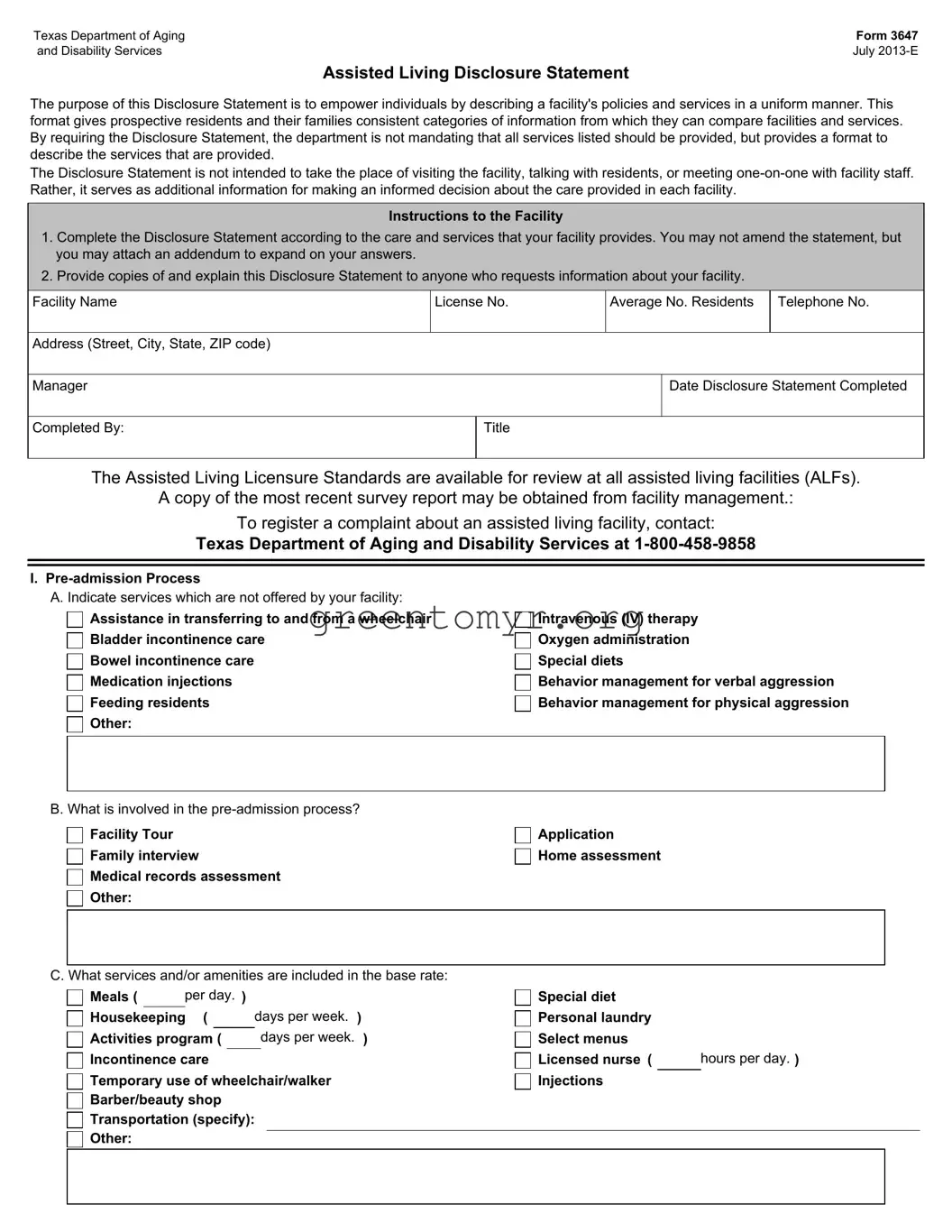
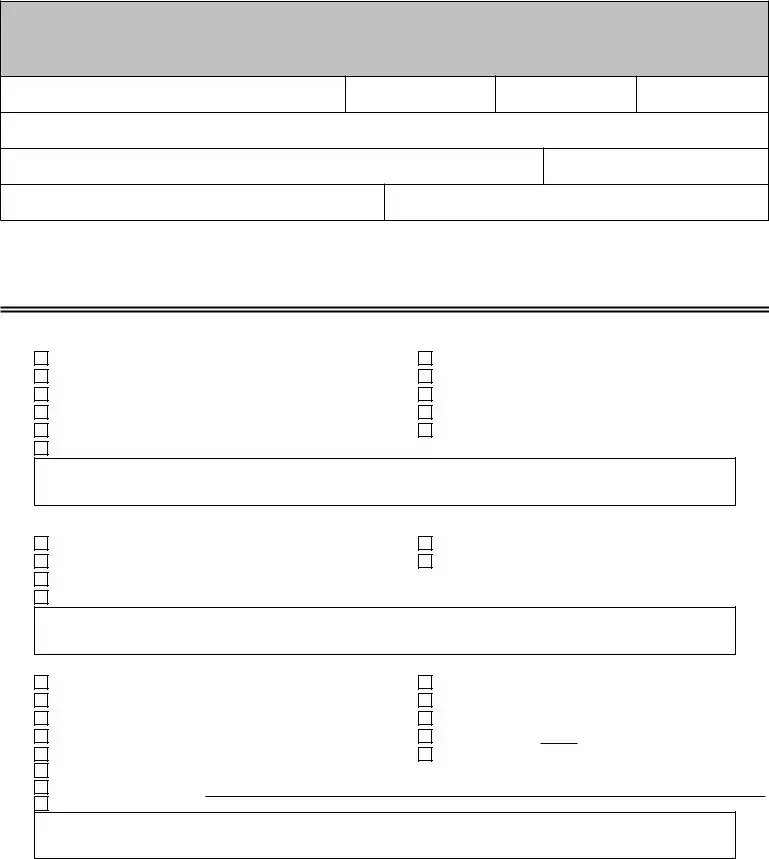
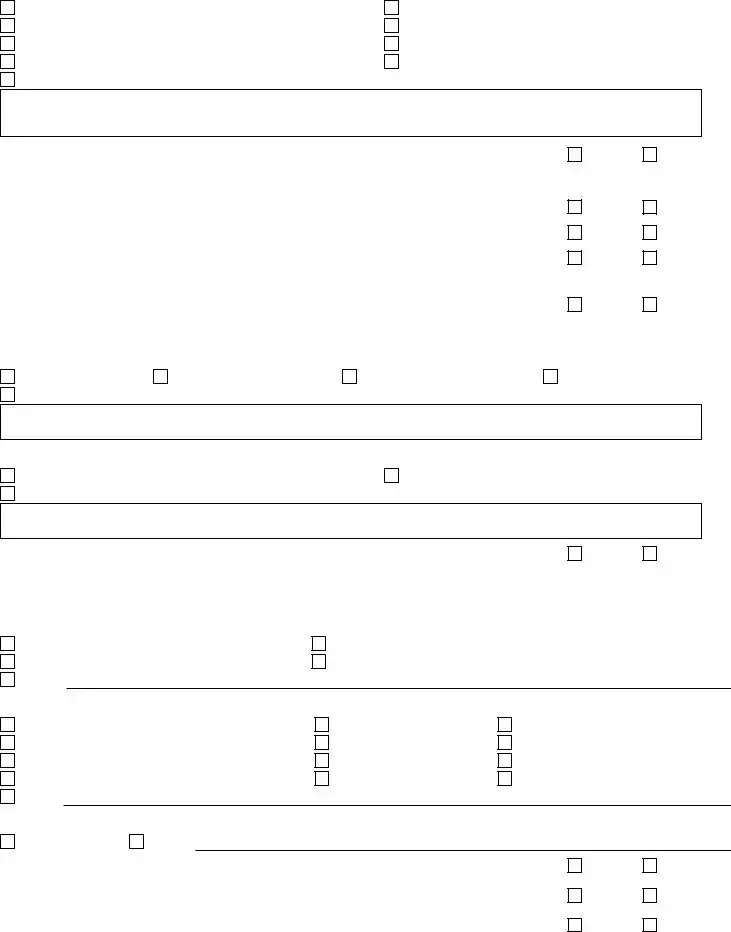


 No
No